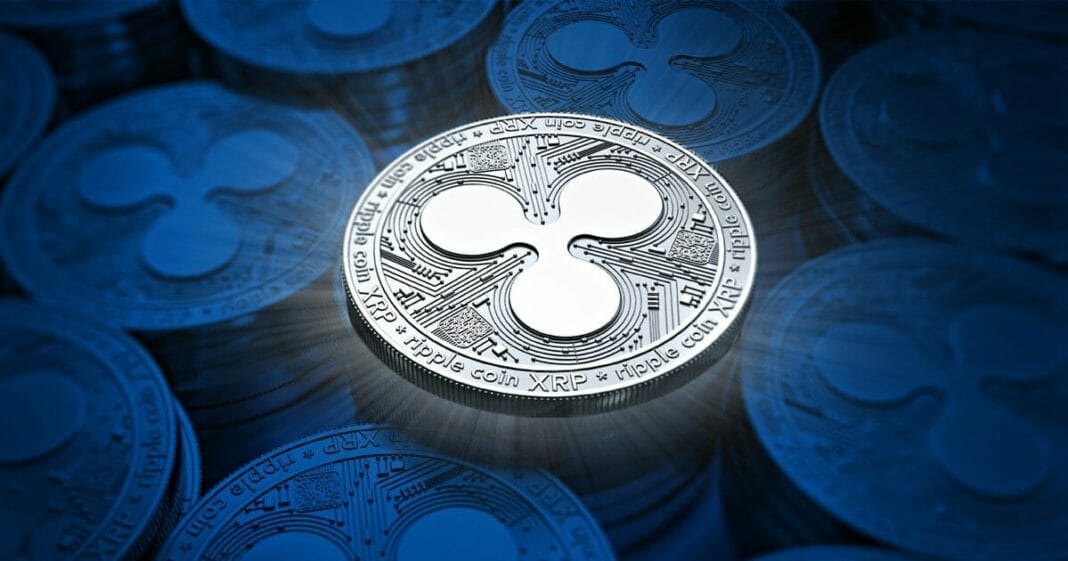Ripple CEO Brad Garlinghouse recently expressed his dissatisfaction with the social media platform.
Garlinghouse finds Clayton’s statements contradictory, particularly given his role in initiating the high-profile lawsuit against Ripple in late 2020. This lawsuit, which revolved around the alleged illegal sale of the XRP token, marks an important moment in the history of cryptocurrency regulation.
Ripple CEO Confronts Former SEC Chairman
During a Council on Foreign Relations (CFR) event, Jay Clayton presented a surprisingly open stance on cryptocurrencies. He expressed understanding for entrepreneurs in the crypto space and advocated for regulatory frameworks that make it easier for small and medium-sized businesses to raise capital.
Clayton’s outlook represents a departure from his previous actions as SEC chairman and suggests a nuanced understanding of cryptocurrency as a technology that increases efficiency in the delivery of financial products.
Ripple’s legal battle with the SEC, led by Clayton, resulted in a historic victory for the company. US District Judge Analisa Torres ruled that the secondary sale of the XRP token is not the same as the sale of investment contracts, marking a significant victory for Ripple and the crypto community.
This ruling, along with the SEC’s subsequent decision to drop charges against Ripple executives, including Garlinghouse and founder Chris Larsen, marks a turning point in the ongoing debate over cryptocurrency regulation.
The controversy surrounding Ripple and the SEC is embedded in a broader debate over cryptocurrency regulation. This dispute highlights the challenges regulators around the world face in dealing with the rapidly evolving crypto industry.
Technological Advances such as Ripple and Co. Pose New Challenges for Authorities
The dispute between Ripple and the SEC can be seen as a microcosm of the most important issues being debated in the world of cryptocurrencies: the distinction between currencies and securities, the role of decentralization and the need not to stifle innovation while ensuring investor protection.
The debate over Ripple and the SEC is also important in a global context. Different countries have developed different approaches to cryptocurrencies and their regulation.
The dispute between Ripple CEO Brad Garlinghouse and former SEC Chairman Jay Clayton over cryptocurrency regulation underscores the changing landscape of digital finance. Clayton’s current stance, unlike his previous actions, is sparking debates about regulatory approaches to cryptocurrencies.
XRP Price Analysis: Can XRP Finally Reverse the Trend?
This year has seen a notable bullish move for XRP, with the value of this cryptocurrency rising from less than $0.35 to an impressive $0.60. This positive development is the result of a variety of key factors and market-relevant events, which we will examine in more detail in this detailed analysis.
A key turning point for XRP was Ripple’s legal victory against the SEC in July, which temporarily catapulted the price to nearly $0.90. Although the announcement of an appeal by the SEC briefly affected the price, XRP is now showing strong bullish momentum again after a period of consolidation.
Of particular interest is the recently observed “Golden Cross” where the short-term moving average (EMA) crossed above the long-term EMA. This is a classic bullish signal and suggests that we may be at the beginning of a sustained bullish move.
The Relative Strength Index (RSI) is currently at an elevated level, which may indicate an overbought situation. This could indicate an impending period of consolidation triggered by recent price increases.
Despite possible short-term consolidations, the medium and long-term outlook for XRP remains positive. Maintaining key price levels could continue to drive the price of XRP.
By Audy Castaneda











